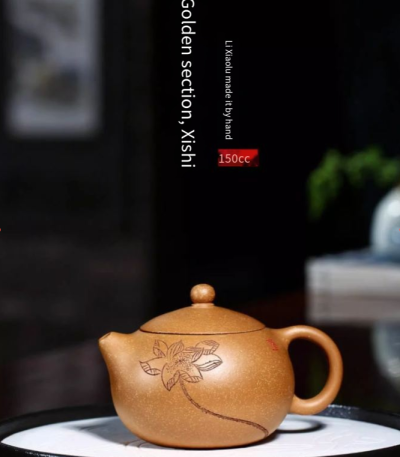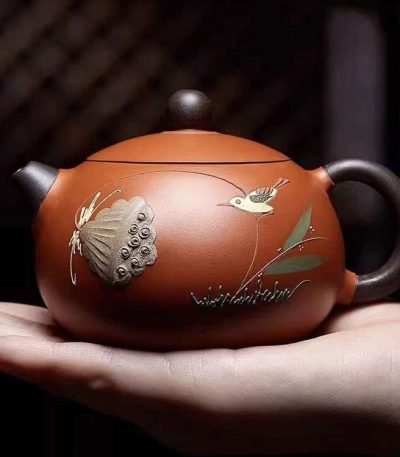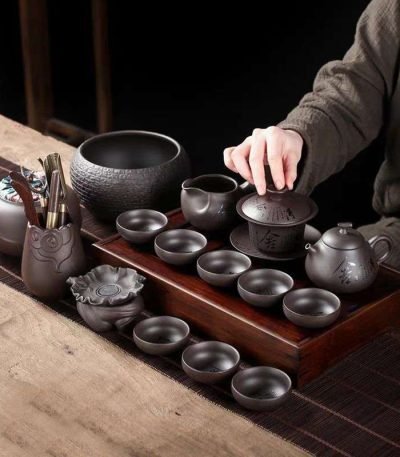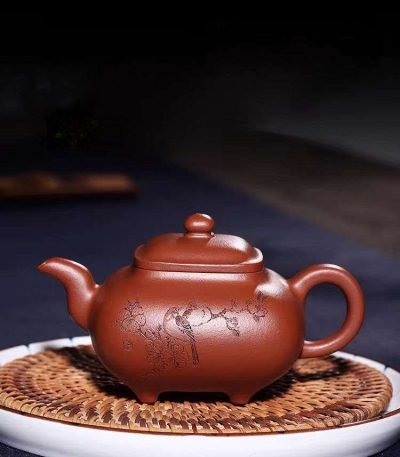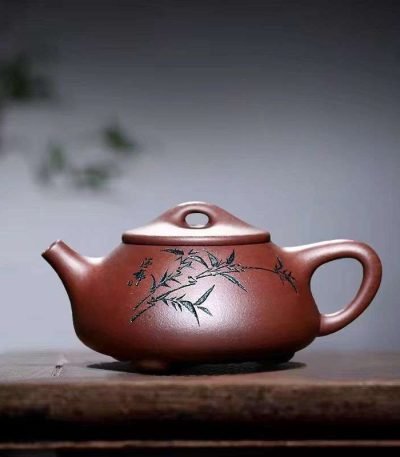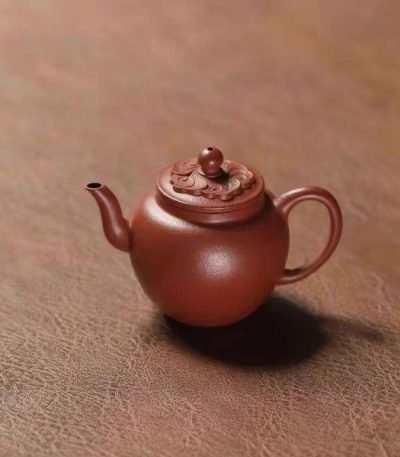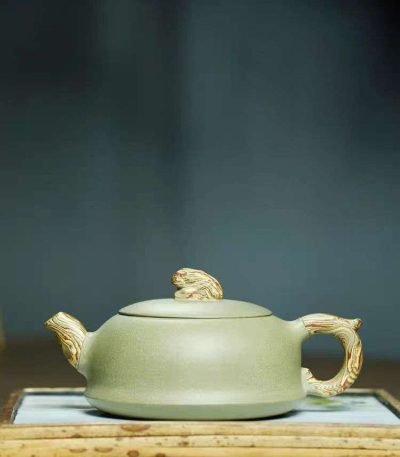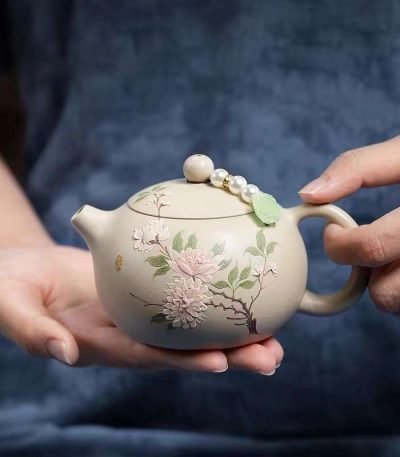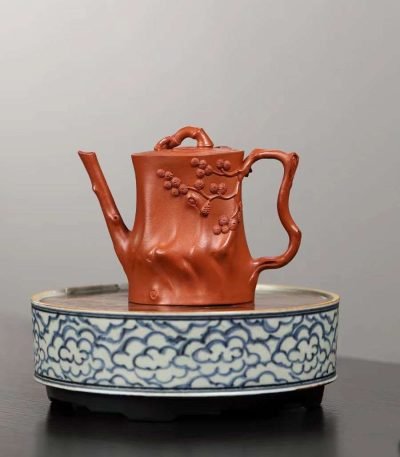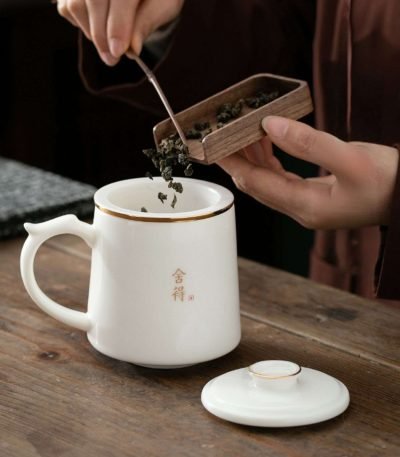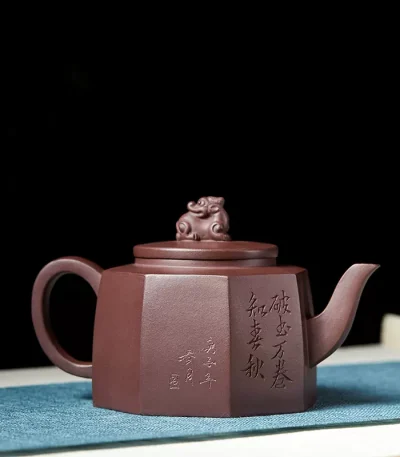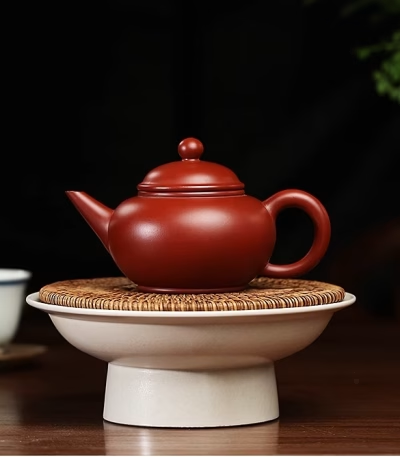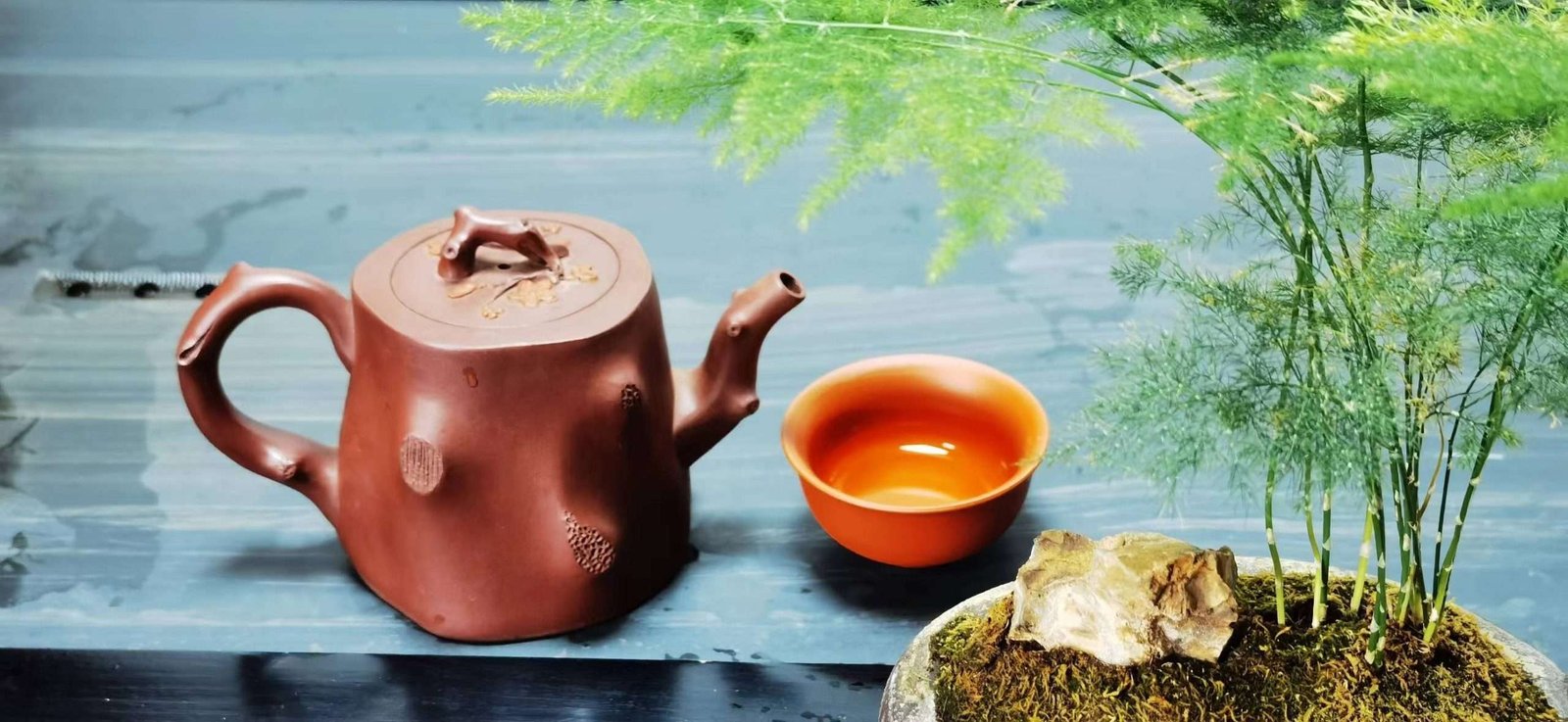Checkout
Filter by price
Showing 25–36 of 36 resultsSorted by latest
Yixing purple sand pot pure handmade tea pot raw ore clay boutique Xishi pot tea set high-grade send teachers friends relatives translation
High-end purple clay tea set home Kung fu tea table small set purple clay tea pot cover bowl high-end office gifts
Yixing purple clay pot pure all handmade famous authentic raw ore clay large capacity tea pot kung fu tea set fire pot
Yixing Handmade Purple Clay Teapot – Bamboo Leaf Shaped Stone Pot Set 200cc
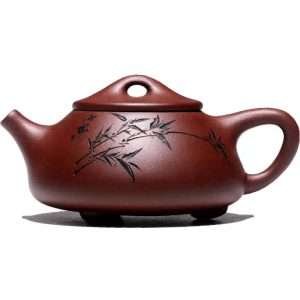
Yixing raw ore purple sand pot Jiuhan art Dahongpao black bone burning Lei Yun high lamp 95cc single-hole handmade
Genuine Yixing purple sand pot pure hand-made tea pot raw mineral fine bean green sand health pot high-end gift
Raw ore purple sand pot all handmade tea set ivory white mud painted peony tea set
Yixing purple clay pot all manual red mud bionic machine flower machine pine bamboo plum pile
Mutton fat jade white porcelain tea cup office cup tea water separation cup Ceramic cup office tea cup with filter
A white porcelain cup, elegant and classic in design, perfect for enjoying tea or coffee. Its smooth surface and fine craftsmanship make it a timeless addition to any table setting.
Yixing purple clay pot pure manual eight party lion tea single pot large capacity square pot home purple clay tea set
This pot of ingenuity, Yixing high quality purple sand as raw materials, through the craftsmen pure hand
carefully carved. The shape of the pot body is unique, showing the state of eight, steady and smart; The lion carved on it is dignified and vivid, meaning auspiciousness and honor. All handmade production process, so that each pot is unique,contains the craftsmen’s effort and emotion.
Whether it is making tea, or enjoying and collecting, this pot can show
extraordinary taste and style, making people feel the charm and charm of traditional culture in the tea fragrance curl.
Zisha teapots, known for their long history and unique culture, originated during the Ming Dynasty (1368-1644) in China. Here are several important stages in the history of Zisha teapots:
Origins and Development: The craft of making Zisha teapots began in Yixing, Jiangsu Province. Initially, these pots were used to create everyday utensils. As the pottery-making techniques evolved, Zisha teapots gradually became popular for brewing tea, especially during the Ming Dynasty, when they became favored by scholars and literati.
Flourishing in the Ming Dynasty: The Ming Dynasty marked the golden age of Zisha teapots. Renowned artisans such as Gu Jingzhou and Chen Mingyuan created many classic pot shapes and techniques. During this period, Zisha teapots were not only valued for their practicality but also began to emphasize artistry and individuality.
Inheritance and Innovation in the Qing Dynasty: The Qing Dynasty (1644-1912) represented another peak in the art of Zisha teapots. Many famous Zisha artists continued to inherit and innovate, leading to the formation of various styles and schools. Zisha teapots from this period are known for their exquisite craftsmanship and diverse shapes, making them highly sought after by collectors.
Modern Development: In the 20th century, Zisha teapots faced market changes and technological innovations. Although traditional craftsmanship encountered some challenges, many Zisha artisans continued to adhere to hand-making techniques, striving to blend the artistic value of Zisha teapots with modern aesthetics.
Cultural Impact: Zisha teapots are not only tea utensils but also symbols of traditional Chinese culture. They carry rich cultural connotations and reflect the profound heritage of Chinese tea culture, becoming an essential part of tea ceremonies and tea art performances.
In summary, the development of Zisha teapots reflects the inheritance and innovation of traditional Chinese craftsmanship, as well as the significant role of tea culture in Chinese society.
